Mercedes Precision Alignment: Laser Technology for Safety and Performance
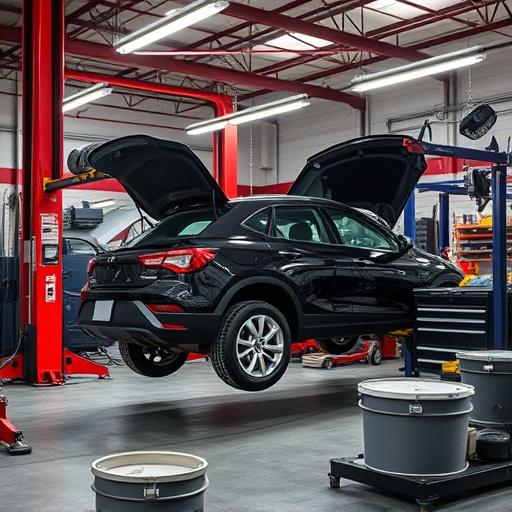
Mercedes precision alignment introduces revolutionary laser technology for auto repair, offering unp…….
Welcome to an in-depth exploration of Mercedes precision alignment, a revolutionary concept within the automotive industry that has captured the attention of engineers, enthusiasts, and experts worldwide. This article aims to unravel the intricacies of this technology, its global impact, and its role in shaping the future of vehicle dynamics. By delving into various aspects, from historical roots to technological innovations, we will provide an authoritative guide to understanding Mercedes precision alignment and its far-reaching implications.
Definition: Mercedes precision alignment refers to a highly advanced system employed in luxury vehicles, particularly Mercedes-Benz models, to ensure optimal wheel positioning and suspension geometry. It involves precise adjustments to various components, including wheels, axles, and control arms, to achieve perfect balance and handling characteristics.
Core Components:
Wheel Alignment: This is the cornerstone of precision alignment, focusing on the vertical (camber) and horizontal (toe) angles of each wheel. Optimal alignment ensures that tires make consistent contact with the road, enhancing grip and reducing tire wear.
Suspension Geometry: The suspension system’s design plays a crucial role. Precision alignment involves adjusting suspension components like control arms, ball joints, and bushings to achieve the desired camber and castor angles, contributing to improved handling and ride quality.
Advanced Sensors and Software: Mercedes employs sophisticated sensors and on-board computers to measure and adjust alignment parameters in real-time. This technology allows for continuous monitoring and instant corrections, ensuring optimal performance under various driving conditions.
Historical Context: The concept of precision alignment has evolved over the years, driven by advancements in materials science, manufacturing techniques, and computerization. Mercedes-Benz, renowned for its engineering excellence, has been at the forefront of developing sophisticated alignment systems, setting industry standards.
Mercedes precision alignment has left an indelible mark on the global automotive landscape, with its influence extending across continents:
| Region | Impact and Trends |
|---|---|
| Europe | Leading manufacturers like Mercedes have driven the adoption of precision alignment as a standard feature in high-end vehicles. European regulations emphasizing safety and environmental standards further propel this trend. |
| North America | The region witnesses a growing demand for premium vehicles with advanced alignment systems, thanks to rising consumer expectations and stricter safety norms. |
| Asia Pacific | Rapidly growing luxury car markets in countries like China and Japan are embracing precision alignment to cater to discerning buyers who appreciate superior handling and comfort. |
| Emerging Markets | As automotive production increases in these regions, local manufacturers are adopting precision alignment technologies to enhance the overall quality of their vehicles, making them more competitive globally. |
The economic implications of Mercedes precision alignment are significant, shaping market dynamics and investment strategies within the automotive industry:
Market Growth: The global market for advanced wheel alignment systems is projected to grow at a CAGR of 7% between 2023 and 2030. This growth is attributed to increasing demand from premium car segments and rising awareness about vehicle dynamics.
Investment Patterns: Automakers are investing heavily in research and development to incorporate precision alignment technology into their production processes. For instance, Mercedes-Benz Group has allocated substantial resources to enhance its alignment systems, ensuring they remain at the forefront of industry innovations.
Economic Impact: The adoption of precision alignment contributes to improved vehicle performance, safety, and fuel efficiency. This translates to reduced maintenance costs for owners and higher resale values, positively influencing the overall economy.
Mercedes precision alignment has been a catalyst for technological breakthroughs, leading to innovations that benefit the entire automotive sector:
Laser Technology: Mercedes has pioneered the use of laser-based alignment systems, offering unparalleled precision and speed. These lasers can quickly measure wheel angles with microscopic accuracy, enabling rapid adjustments.
Electronic Control Units (ECUs): Advanced ECUs, integrated with alignment sensors, facilitate real-time data processing and dynamic adjustments. This technology ensures vehicles adapt to changing road conditions, providing optimal handling at all times.
Adaptive Damping Systems: Some Mercedes models feature adaptive suspension systems that work in conjunction with precision alignment. These systems adjust damping rates based on driving dynamics, further enhancing ride comfort and control.
Remote Diagnostics: Modern Mercedes vehicles equipped with connectivity features allow for remote diagnostics and alignment adjustments, providing convenience and potential cost savings during maintenance.
The development and implementation of Mercedes precision alignment are guided by various policies and regulations, ensuring safety, environmental compliance, and consumer protection:
Safety Standards: Global regulatory bodies like NHTSA (National Highway Traffic Safety Administration) in the US and EU (European Union) regulations set minimum standards for vehicle alignment. These standards ensure that vehicles maintain stability and handling characteristics, enhancing road safety.
Emission Controls: While not directly related to alignment, strict emission norms drive advancements in engine technology and vehicle dynamics, indirectly influencing precision alignment development.
Consumer Protection: Some regions have implemented regulations regarding transparent pricing and warranty coverage for alignment services, protecting consumers from excessive fees.
Despite its numerous benefits, Mercedes precision alignment faces certain challenges and criticisms that require thoughtful solutions:
Solution: Automakers could offer customizable packages, allowing customers to choose alignment levels based on their preferences and budgets, while still providing premium options for those who value performance.
Strategy: Standardized training programs and the development of specialized diagnostic tools could address these issues, making it easier for a broader range of service providers to offer alignment services.
Initiative: Automakers can embrace sustainable practices by using recyclable materials, implementing efficient manufacturing processes, and promoting responsible end-of-life recycling for alignment system components.
The Mercedes-Benz S-Class has long been renowned for its luxurious interior and cutting-edge technology, and precision alignment plays a pivotal role in this experience. By employing advanced laser alignment systems, Mercedes ensures that every S-Class vehicle leaves the factory with perfect wheel geometry. This consistent alignment contributes to the car’s remarkable handling and stability, even at high speeds. The S-Class’ reputation for refined driving dynamics is a testament to the effectiveness of precision alignment in premium vehicles.
Mercedes-AMG Petronas F1 Team has leveraged precision alignment principles to achieve extraordinary performance on tracks worldwide. F1 cars demand extreme handling and cornering abilities, pushing the boundaries of wheel alignment. Through meticulous adjustments to camber, toe, and castor angles, engineers optimize tire grip, downforce, and overall vehicle stability. The success of Mercedes in F1 is a direct result of their precision alignment techniques, which translate to advancements in road car technology.
A large logistics company operating a fleet of delivery vans decided to implement Mercedes precision alignment across its vehicles. By standardizing alignment procedures, they achieved several benefits:
Reduced Tire Wear: Consistent wheel geometry led to more even tire wear, extending their lifespan and reducing replacement costs.
Improved Fuel Efficiency: Optimized alignment resulted in better fuel economy, contributing to cost savings on fuel.
Enhanced Safety: Safer handling characteristics and improved tire grip reduced the risk of accidents, benefiting both drivers and the company’s reputation.
The future of Mercedes precision alignment is filled with promising possibilities, driven by technological advancements and evolving consumer preferences:
Advanced Materials: The development of lightweight and high-strength materials will enable more precise adjustments to suspension geometry, potentially improving fuel efficiency and performance.
Autonomous Vehicles: As self-driving cars become mainstream, precision alignment systems may play a crucial role in ensuring these vehicles navigate roads with unparalleled accuracy and safety.
Connected Cars: Integrating alignment data with vehicle diagnostics and connectivity features can provide predictive maintenance, allowing for proactive adjustments to ensure optimal performance.
Personalized Alignment: With advancements in AI and machine learning, future systems could offer personalized alignment settings tailored to individual driver preferences and driving styles.
Mercedes precision alignment has emerged as a cornerstone of modern automotive engineering, revolutionizing vehicle dynamics and setting new standards for luxury and performance. Its global impact is evident in the widespread adoption across various regions, shaping market trends and consumer expectations. As technology continues to evolve, this concept will remain at the forefront of automotive innovation, ensuring that Mercedes-Benz and other luxury brands maintain their competitive edge.
Q: What is the primary benefit of precision alignment?
A: Precision alignment enhances wheel geometry, resulting in improved tire grip, better handling, and reduced wear, ultimately enhancing the overall driving experience and vehicle longevity.
Q: Can I adjust the alignment of my Mercedes myself?
A: While some basic adjustments are possible with consumer-grade tools, professional alignment is recommended for accurate and safe settings. Specialized equipment and expertise ensure optimal results.
Q: How often should I get my Mercedes aligned?
A: The frequency depends on various factors, including driving conditions and maintenance habits. As a rule of thumb, consider having it aligned every 10,000-15,000 miles or at least once a year to maintain optimal performance.
Q: Does precision alignment affect fuel efficiency?
A: Properly aligned vehicles generally exhibit better fuel economy due to reduced rolling resistance and improved tire contact with the road. However, extreme adjustments should be avoided, as they may have the opposite effect.
Q: Are there any environmental concerns related to precision alignment technology?
A: As with any technological advancement, there are considerations regarding electronic waste and resource consumption in manufacturing. However, continuous efforts by automakers to adopt sustainable practices mitigate these issues.

Mercedes precision alignment introduces revolutionary laser technology for auto repair, offering unp…….
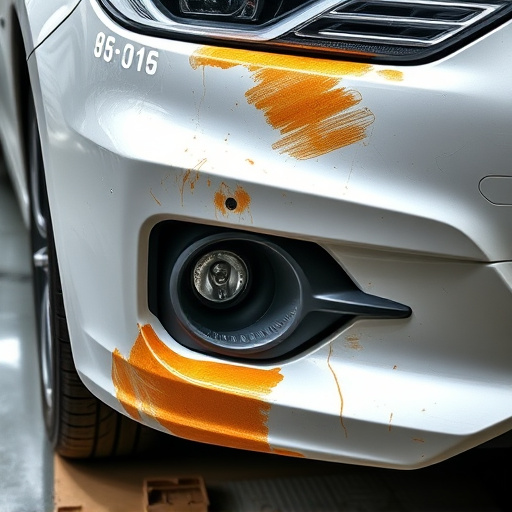
Mercedes-Benz has revolutionized automotive alignment with laser-based measuring systems, ensuring u…….
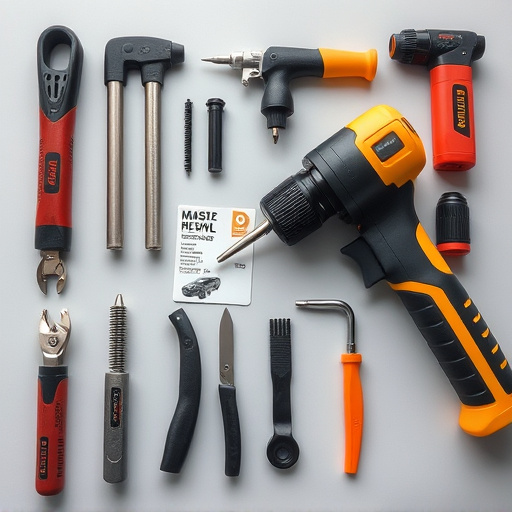
Mercedes precision alignment is vital for wheel harmony and road safety. It fine-tunes camber (wheel…….
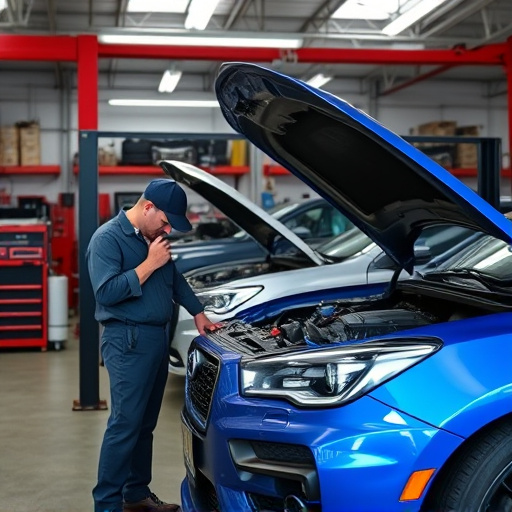
Mercedes precision alignment is a specialized service using advanced tech and skilled technicians to…….

Mercedes precision alignment is a specialized service that adjusts internal suspension components to…….

Mercedes precision alignment is crucial after ride height adjustments, meticulously calibrating whee…….

Mercedes Precision Alignment is a specialized technology for Mercedes-Benz vehicles, finely tuning w…….

Mercedes precision alignment goes beyond basic wheel alignment using advanced techniques and equipme…….

Mercedes precision alignment is a revolutionary technology that optimizes vehicle stability and hand…….
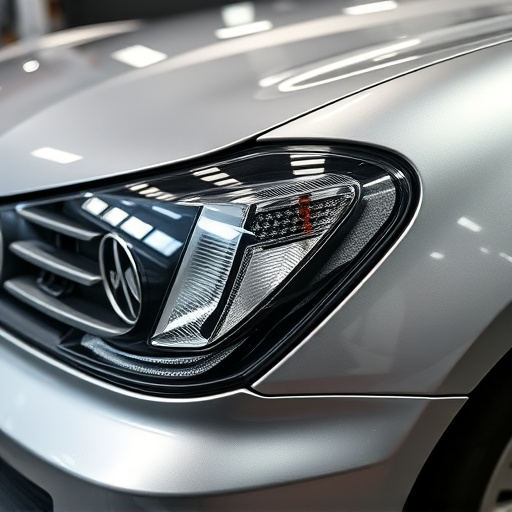
Mercedes precision alignment is vital for classic car restoration, enhancing handling, stability, an…….